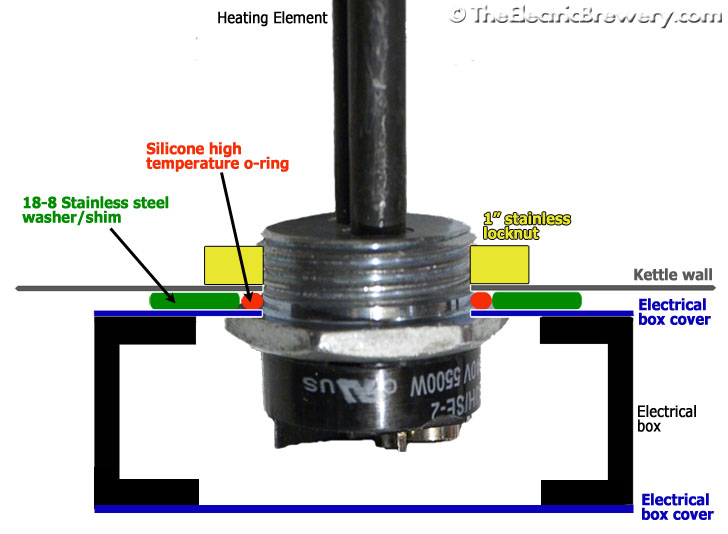frankstoneline
Well-Known Member
I searched and found some ideas, but was hoping someone with more knowhow than myself could tell me if this is a good/bad idea.
I'm moving from a keggle to 10 gallon stainless kettles for space reasons and need to ground my elements, is it possible that I could JB weld a small screw to the kettle to ground my elements? I dont have tools to solder or weld anything on and am uncertain how else to go about grounding.
Also: Using a pair of elements am I going to encounter issues grounding both elements to the same post?
Thanks in advance.
I'm moving from a keggle to 10 gallon stainless kettles for space reasons and need to ground my elements, is it possible that I could JB weld a small screw to the kettle to ground my elements? I dont have tools to solder or weld anything on and am uncertain how else to go about grounding.
Also: Using a pair of elements am I going to encounter issues grounding both elements to the same post?
Thanks in advance.

























































![Craft A Brew - Safale S-04 Dry Yeast - Fermentis - English Ale Dry Yeast - For English and American Ales and Hard Apple Ciders - Ingredients for Home Brewing - Beer Making Supplies - [1 Pack]](https://m.media-amazon.com/images/I/41fVGNh6JfL._SL500_.jpg)



